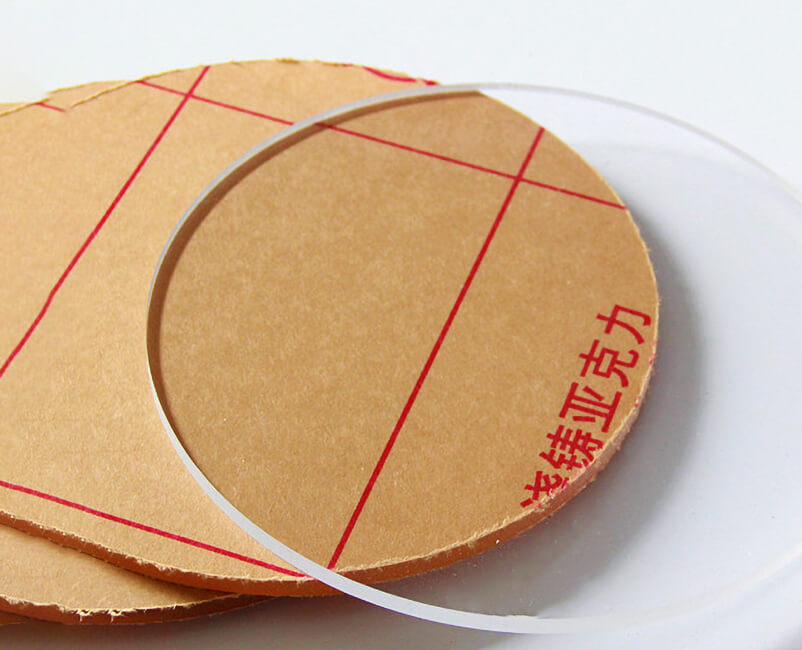clear acrylic sheet and plexiglass are essentially the same material. The confusion in terminology often arises from branding and common usage rather than actual differences in the product.
What is Acrylic?
Acrylic refers to a type of transparent thermoplastic known scientifically as polymethyl methacrylate (PMMA) . It is widely used as a lightweight, shatter-resistant alternative to glass. Acrylic sheets can be clear or colored, and they come in various thicknesses and finishes (e.g., glossy, matte).
What is Plexiglass?
"Plexiglass" is a brand name that originated from one of the first commercial manufacturers of acrylic sheeting—Plexiglas®, originally developed by Rohm and Haas Company . Over time, the term "plexiglass" has become a generic term used to describe all acrylic sheets, much like how "Kleenex" is often used to refer to facial tissues regardless of brand.
So, while "Plexiglas®" (with a capital P) is a specific trademarked product, "plexiglass" (lowercase) is commonly used interchangeably with "acrylic."
Other Common Brand Names
Just like Plexiglas®, there are other brand names for acrylic materials, including:
Lucite® (by DuPont)
Acrylite®
Perspex®
Altuglas®
All of these are variations of PMMA and have very similar properties. They may differ slightly in manufacturing processes or additives (like UV resistance or anti-static coatings), but fundamentally, they are all acrylic.
Properties of Clear Acrylic Sheet / Plexiglass
Here are some key characteristics of both clear acrylic and plexiglass:
| PROPERTY |
DESCRIPTION |
|
Clarity
|
Highly transparent, with excellent optical clarity, often clearer than glass.
|
|
Weight
|
About half the weight of glass, making it easier to handle and install.
|
|
Strength
|
Up to 17 times more impact-resistant than glass, though it can scratch more easily.
|
|
UV Resistance
|
Standard acrylic yellows over time when exposed to UV light unless treated.
|
|
Weather Resistance
|
Resistant to weathering and temperature changes within normal ranges.
|
Uses of Clear Acrylic / Plexiglass
Both terms refer to a versatile material used in a wide range of applications, including:
Signage – Display signs, nameplates, directional signage
Windows and barriers – Greenhouse panels, protective shields, aquariums
Furniture – Tables, shelves, room dividers
Lighting – Light diffusers, skylights, lamp covers
DIY and crafts – Picture frames, model building, custom displays
Key Differences? Not Really
Technically speaking, there is no difference between clear acrylic sheet and plexiglass in terms of chemical composition or basic performance. Any differences you might encounter would likely stem from:
Manufacturer-specific formulations (e.g., added UV protection, anti-glare coatings)
Thickness and quality control
Price and availability , depending on brand or supplier
Clear acrylic sheet is the same as plexiglass —both refer to polymethyl methacrylate (PMMA). "Plexiglass" is simply a well-known brand name that has become synonymous with acrylic in general usage. When shopping for acrylic products, don't be confused by the different names; what's most important is the material's thickness, clarity, durability, and any special features (like UV protection) that match your intended use.
Whether you call it acrylic , plexiglass , Lucite , or Perspex , you're getting a strong, lightweight, and versatile transparent plastic that serves as an excellent alternative to traditional glass.

 English
English 中文
中文 Español
Español


